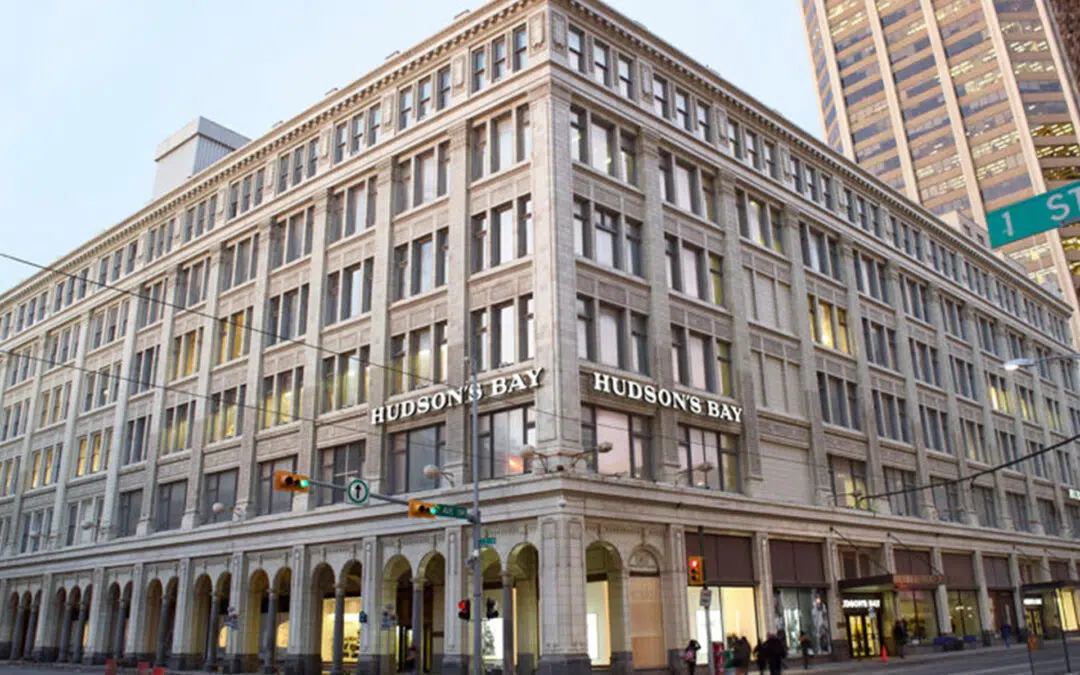The labor market and what the Federal Reserve does with interest rates could have a major effect on the 2024 economic prospects for the United States, according to National Retail Federation chief economist Jack Kleinhenz.
As part of NRF’s Monthly Economic Review, Kleinhenz stated that the U.S. economy hasn’t given indication that it’s sliding into a recession and “has been more resilient than expected,” citing the 3.3% annual growth in gross domestic product for the 2023 fourth quarter and 2.5% for the year. Disposable personal income gained 6.9% year over year in December. As defined by NRF, retail sales, which excludes automobiles, gasoline stations and restaurants to focus on core retail, advanced 3.3%. November/December holiday sales increased 3.8% over the 2022 season, easily meeting NRF’s forecast for 3% to 4% growth.
The Personal Consumption Expenditures Price Index, the Fed’s preferred measure of inflation, was at 2.6% year over year in December, down significantly from 5.5% at the beginning of 2023. Although January sales pronouncements still await, recently reported consumer sentiment figures were at their highest level in nearly three years as shoppers appeared to be more upbeat about the economy, income and employment.
Kleinhenz said part of the recent economic growth pace and lower inflation may be due to a sharp acceleration in productivity. Nonfarm productivity, which measures hourly output by worker, increased at a 5.2% annual rate in the third quarter, the fastest pace in three years. Productivity gains help mitigate inflation fueled by supply issues, in particular, as producing more goods and services in a shorter time reduces unit costs and boosts supply.
Kleinhenz pointed out that the U.S. Bureau of Labor Statistics has introduced experimental measurements of retail output and labor productivity developed to provide a fuller understanding of the retail industry given significant changes such as many storerunners developing their own e-commerce platforms, fulfillment centers and distribution networks. He cited an analysis by Harvard Business School Professor Ananth Raman, who examined the new data and concluded that retail productivity had outperformed overall nonfarm productivity as a whole and manufacturing productivity in particular. However, recent productivity gains have been uneven, including in the retail sector. Clothing stores have dramatically increased sales per hour of labor, while grocers have experienced only small increases.
“While productivity growth offers positive news regarding economic growth and the goal of reducing inflation, there is not enough evidence to be sure it will continue,” Kleinhenz commented.
Although the Fed left interest rates unchanged this week, the Fed has maintained that consistent and cumulative evidence of inflation easing is necessary before rate cuts will be implemented.
“Federal Reserve officials have tough policy choices ahead as they decide on what to do and when,” Kleinhenz indicted. “There is still a risk that keeping rates too high could curb the economy’s momentum more than necessary. Yet if they lower rates too soon, it could allow the economy to re-inflate and make it harder to contain inflation pressures. I remain of the view that consumer spending will continue to grow but at a rate slightly below overall GDP growth. Consumers were in decent shape heading into the holiday season, but the labor markets, while unlikely to unravel, do look likely to cool, which would impact consumer expectations and, in turn, affect spending decisions.”





